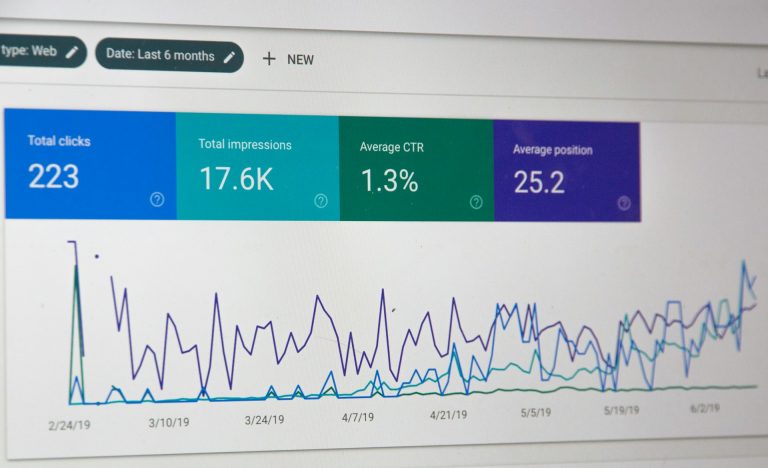In the world of pay-per-click (PPC) advertising, keeping costs low while maintaining strong results is the ultimate challenge. Many businesses find themselves overspending on clicks that fail to convert, draining their ad budget without delivering a solid return on investment (ROI).
But here’s the good news—you don’t have to sacrifice performance just to lower your cost-per-click (CPC). With smart strategies, careful optimisations, and a data-driven approach, you can stretch your PPC budget further while still achieving high-quality leads and conversions.
In this article, we uncover the secrets to lowering CPC without compromising results, helping you get more value out of every advertising pound spent.
Understanding CPC and Its Impact on Your Campaign
Before diving into optimisation tactics, it’s crucial to understand what cost-per-click really means.
What Is Cost-Per-Click?
CPC refers to the amount advertisers pay for each click on their PPC ad. The cost varies based on multiple factors, including:
- Competition – Highly competitive industries have higher CPCs.
- Keywords – Some keywords are more expensive due to high demand.
- Quality Score – Google ranks ads based on relevance, affecting CPC.
- Bid Strategy – The bidding method directly impacts your CPC.
Why Lowering CPC Matters
A lower CPC means: ✔ More clicks for the same budget. ✔ Higher ad visibility without excessive spending. ✔ Improved return on ad spend (ROAS).
The challenge, however, is to reduce CPC while maintaining traffic quality. Cutting costs recklessly can lead to lower-quality clicks and fewer conversions. The goal is to lower costs strategically while ensuring ads still reach the right audience.
1: Optimise Your Quality Score
Google Ads determines CPC largely through Quality Score, which measures the relevance and performance of your ad. Ads with a higher Quality Score pay less for clicks while ranking higher in search results.
How to Improve Quality Score
✅ Optimise Ad Relevance – Ensure your ad copy matches your target keywords. ✅ Improve Landing Page Quality – Your landing page should be fast, user-friendly, and relevant to the ad. ✅ Boost Click-Through Rate (CTR) – Ads with higher CTR tend to get better placement at lower costs.
💡 Example: If you’re bidding on “best marketing software,” your ad should directly reference this keyword, and your landing page should clearly showcase marketing software solutions.
2: Refine Your Keyword Strategy
Keywords significantly impact CPC—choosing the right ones can lower costs without reducing quality.
How to Select Cost-Effective Keywords
✅ Use Long-Tail Keywords – These keywords are less competitive but highly targeted, leading to lower CPC. ✅ Avoid Broad Match – Broad match triggers irrelevant clicks and increases CPC. Use phrase or exact match instead. ✅ Eliminate Low-Performing Keywords – Regularly review performance and pause keywords that aren’t delivering results.
💡 Example: Instead of bidding on “marketing tools,” which is highly competitive, go for “best marketing tools for startups.”
3: Adjust Bidding Strategies
Your bidding strategy directly affects CPC. Smart bid adjustments can reduce costs while keeping ad placements strong.
Proven Bidding Techniques
✅ Utilise Manual Bidding – If automatic bidding leads to high CPC, switch to manual bidding for tighter control. ✅ Lower Bids on Low-Performing Keywords – Don’t overpay for underperforming keywords. Reduce bids to minimise waste. ✅ Use Bid Modifiers – Adjust bids based on device, location, and audience to optimise spend.
💡 Example: If desktop clicks cost more but mobile users convert better, increase bids for mobile while lowering desktop bids.
4: Focus on Ad Copy & Extensions
Your ad copy plays a massive role in performance. A well-written, compelling ad can boost CTR and Quality Score, ultimately reducing CPC.
How to Craft High-Performing Ad Copy
✅ Highlight Unique Selling Points (USPs) – Stand out with clear benefits that make users click. ✅ Include Strong Call-to-Action (CTA) – Encourage action with phrases like “Get Started Today” or “Claim Your Discount”. ✅ Use Ad Extensions – Extensions like site links, call buttons, and structured snippets improve CTR and lower CPC.
💡 Example: Instead of “Try our marketing software,” use “Boost Your Business with Powerful Marketing Tools – Free Trial Available”.
5: Leverage Audience Targeting
Highly targeted ads lead to more qualified clicks, reducing wasted spend.
How to Optimise Audience Targeting
✅ Use Remarketing – Target past visitors for higher engagement and lower CPC. ✅ Exclude Irrelevant Audiences – Remove audiences unlikely to convert to avoid unnecessary costs. ✅ Geo-Targeting – Adjust bids based on high-converting locations.
💡 Example: A local PPC campaign should focus on the most relevant geographic locations to avoid overspending on unqualified clicks.
6: Monitor & Adjust Regularly
Lowering CPC is an ongoing process—regular monitoring ensures your ad spend remains optimised.
Key Metrics to Track
✅ CTR (Click-Through Rate) – A higher CTR reduces CPC over time. ✅ Conversion Rate – Ensure clicks turn into actions to maintain ROI. ✅ Cost Per Acquisition (CPA) – If CPC drops but CPA rises, reconsider your strategy.
Reducing CPC without sacrificing results requires strategic keyword selection, optimised bidding, audience refinement, and compelling ad copy. By focusing on Quality Score, targeted audiences, and continuous optimisation, businesses can spend less while achieving more with their PPC campaigns.
Are you ready to maximise your PPC budget and lower costs without losing conversions? Speak to our team about improving your PPC Campaigns. 🚀


